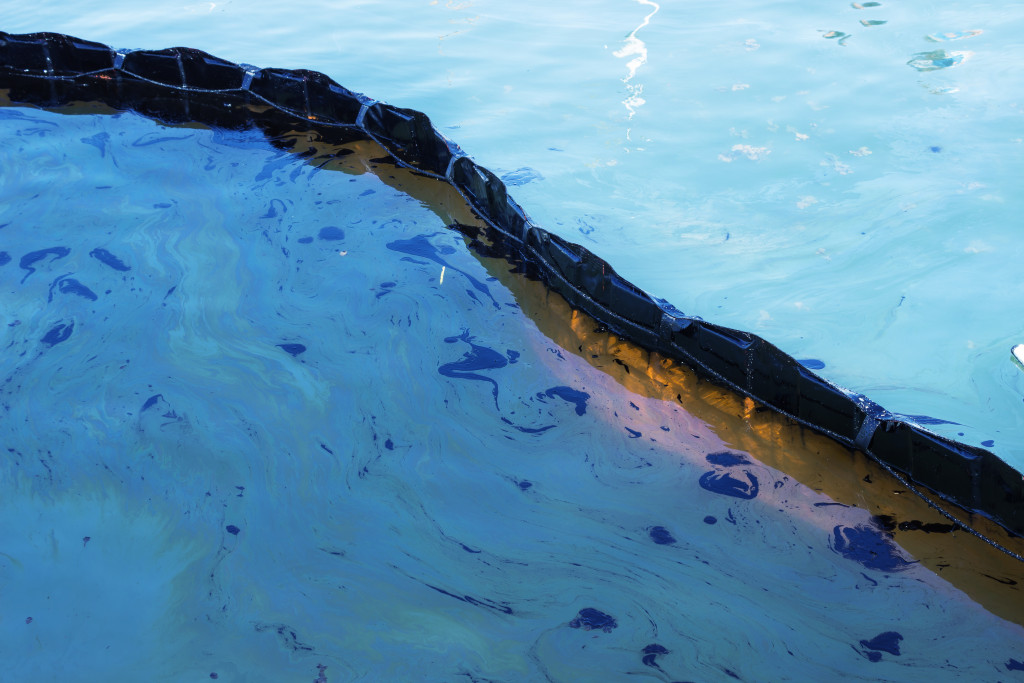The world has reached new heights when it comes to industrialization. A vast range of industries, like mining, manufacturing, and milling, continue to bring in revenue for nations. However, all the above processes require vast amounts of raw materials to produce the final products. The conversion from raw materials to the final products can often lead to industrial wastes that can be dangerous for the environment. Some modern industrial processes leading to landfills and carbon emissions are waste paint, metal ash, and radioactive waste.
You must not think that industrial wastes come in only solid form. They can be liquids and gases as well. And, if you want to bypass its worst effects, then removal is a must. It is essential to segregate the different types of industrial wastes that your business generates to come up with creative ideas for its removal.
Read about myriad industrial wastes today and find ways to dispose of them.

Chemical Waste
This is the most waste generated by warehouses, factories, and plants. The chemicals may be hazardous or non-hazardous. However, you have to be cautious about disposing of them properly. These chemical wastes often escape into the earth through streams and cause massive harm to the water table and marine plants.
With growing environmental concerns, it has become necessary to adhere to industrial waste management techniques, as stated by the EPA or Environmental Protection Agency. These often include acids, alkalis, organic solvents, and Cyanides. Moreover, you can also segregate them as flammable or corrosive chemicals.
The best way to get rid of such wastes is to store them in plastic containers. You can get assistance in removing such waste matter from the Environmental Health and Safety Office. You can also dispose of the same through a sanitary sewer, with prior permission from the above body.
Industrial Solid Waste
Several industries like mining, power generation, and manufacturing produce tonnes of solid wastes. They often contain paper, cardboard, metal scraps, broken concrete, and plastic, amongst many others. If you belong to any of these industries, you need to see if you can reuse or recycle any of these wastes. Some objects discarded by one can often be used as raw material in another sector.
With the assistance of companies like At Your Disposal, LLC, you can also reduce clearance costs and ensure proper removal and clearance programs. The company offers fast and affordable dumpster rental solutions that will enable you to get rid of solid wastes from the production sites.
Toxic and Hazardous Waste
These materials can cause serious harm if the removal and clearance are not appropriately handled. Examples of such wastes include Anti-freeze, Car Wax, Gasoline, and Kerosene. These may often contain dangerous pathogens as well. If such waste matter is inhaled or comes in contact with the skin, it can lead to poisoning. You may often associate such waste matter as radioactive and bioaccumulative. Hospitals and pathology centers are often behind such waste production.
This type of waste is mainly transported by road to far-off destinations through highways. Only a tiny quantity is transported over rail or air. Tank trucks made of steel or aluminum are often used to transport large amounts of such materials. In the states, the authorities have enforced a policy called ‘cradle-to-grave,’ which monitors the movement of such wave till it is satisfactorily disposed of. A manifest is used as record-keeping to keep track of such wastes.
Secondary Waste
There are secondary wastes, which make up the fourth category of industrial wastes. These materials are considered non-hazardous. You will often come across scraps and residues that result from the production process. Some examples of secondary waste are coal combustion waste, spent foundry waste, and infrastructural demolition waste. It entails screening industrial solids to remove such waste matter. These are not primary products from industrial processes. You can also use them as raw materials for other functions. You can replace the requirement to purchase cement with a bone ash fly.
The construction sector can make good use o the secondary material in constructing roads, highways, and buildings. It will lead to reduced costs while recycling the materials. This will ultimately reduce landfills and also stop carbon emissions. The EPA also regulates the reuse of such materials and their removal in the states.
Industrial waste is the residual matter that results from industrial mechanisms. There are so many varieties of industrial wastes, amongst which some are hazardous while others are not. No matter what types of industrial wastes you come across, it is essential to dispose of them properly. You must learn to classify the various kinds of wastes generated from business activities. This will aid in proper removal and cleansing of the same. Let’s move together towards a sustained environment.

